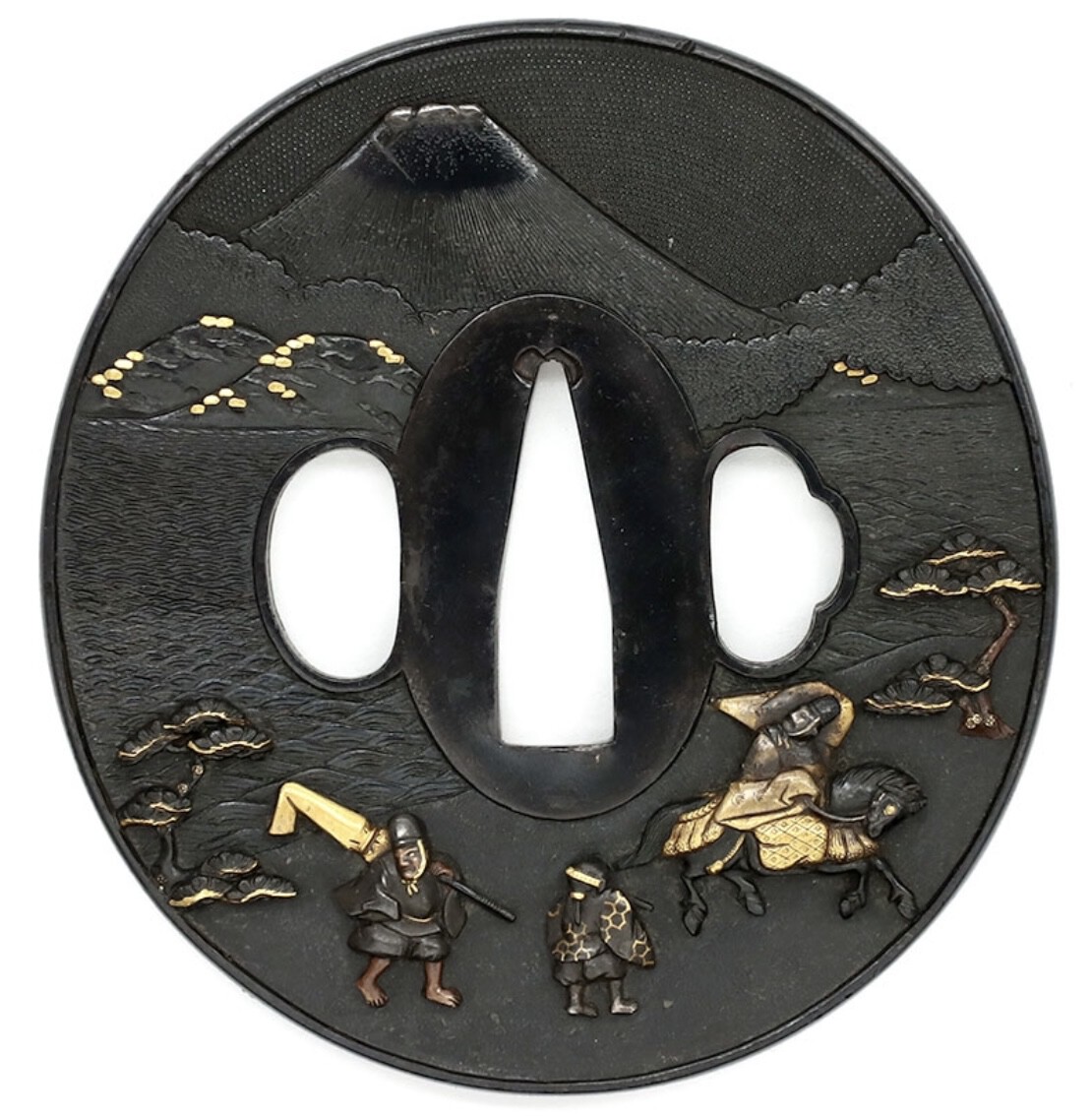
ZH1980
-
Posts
59 -
Joined
-
Last visited

The recent visitors block is disabled and is not being shown to other users.
ZH1980 replied to Benjamin's topic in General Nihonto Related Discussion
ZH1980 replied to JeanEB's topic in Auctions and Online Sales or Sellers
